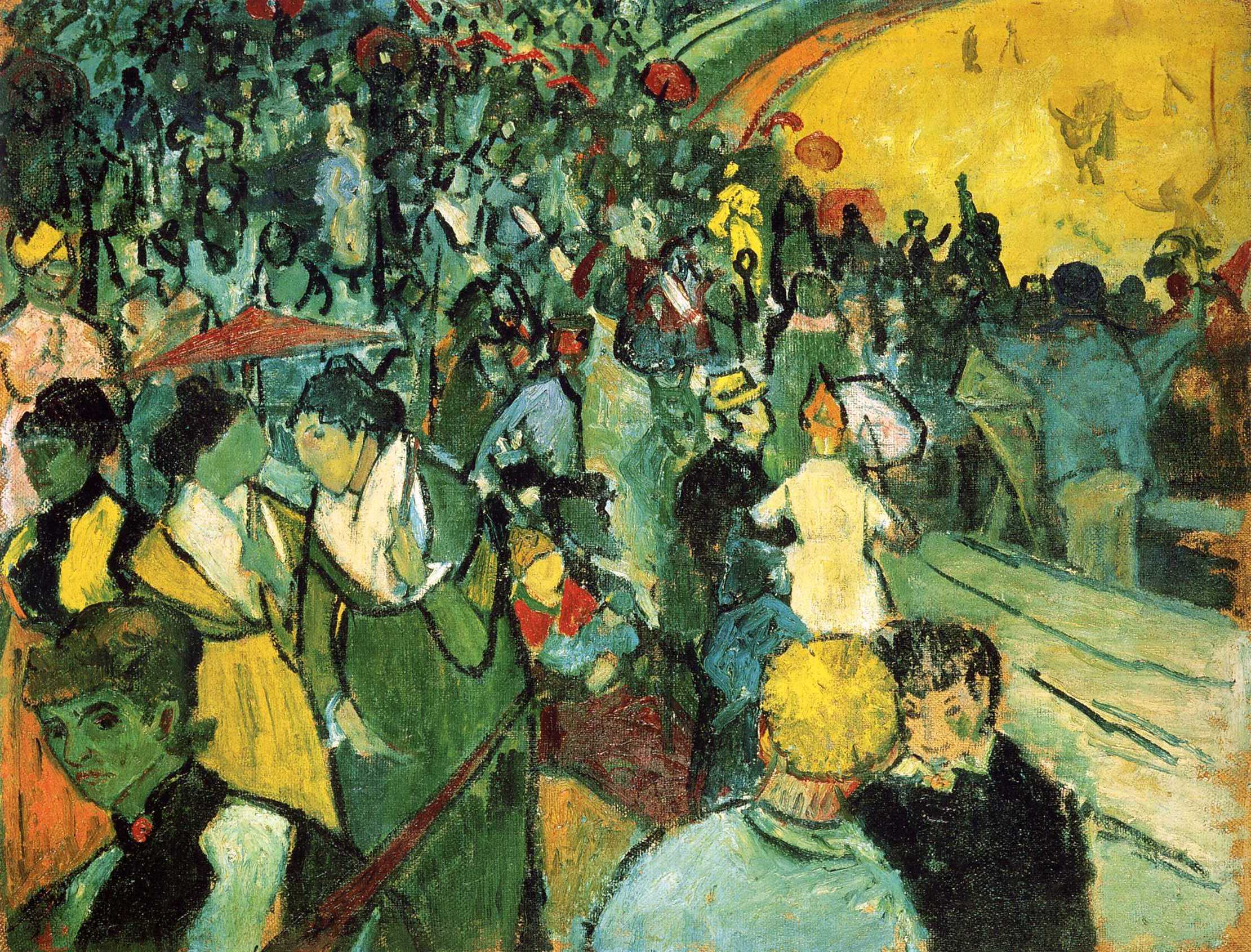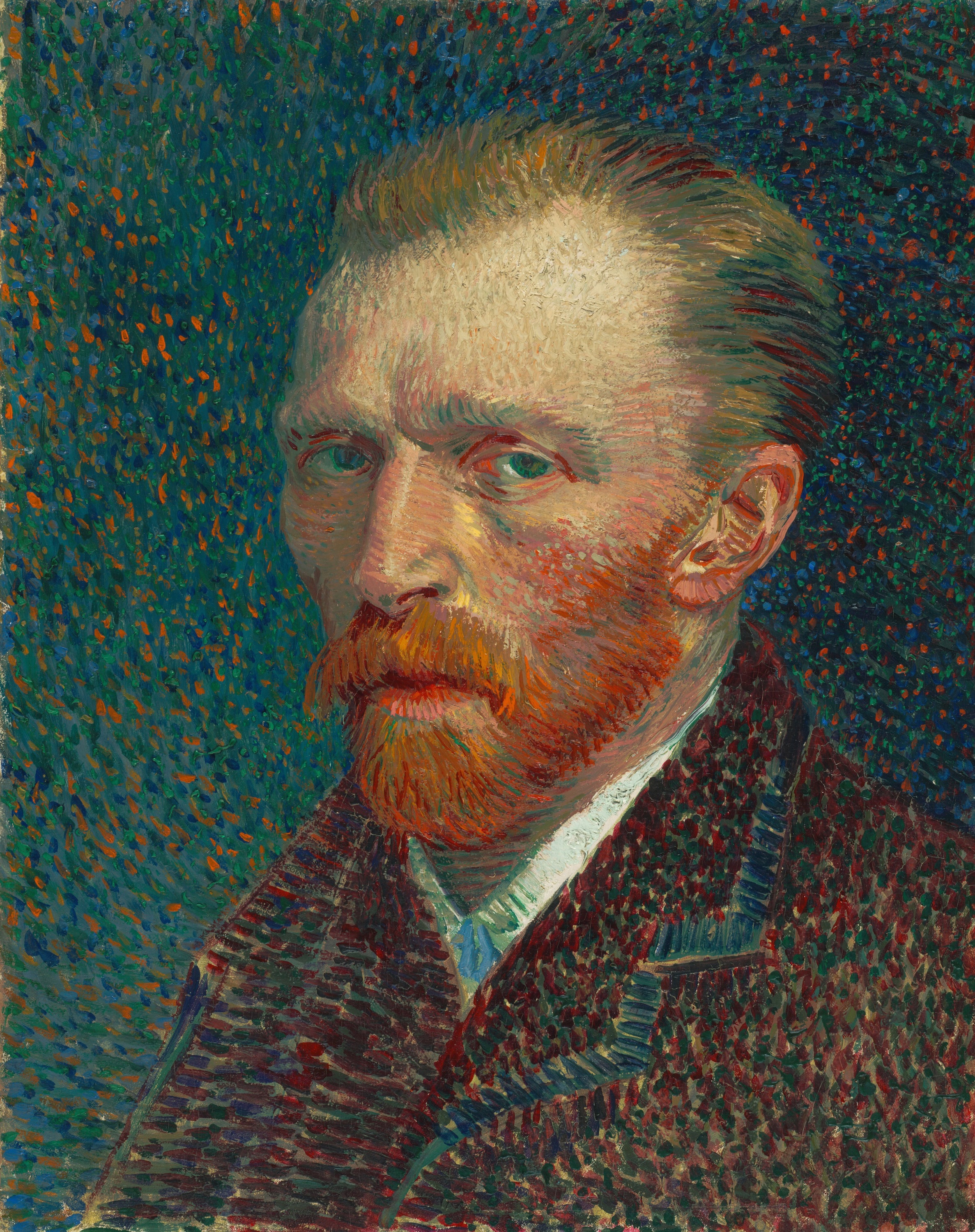If there ever was a supreme pessimistic it must have been Arthur Schopenhauer. This German philosopher was deeply influenced by the Buddhist thought, and thus he considered existence to be "negative" and life aimless – in the way that faces existence in the realm of pain and suffering. He pointed, like the buddhists, the "Will" (to live, to want and to perpetuate) as the source of all suffering, but unlike Buddha he didn't suggest the steps to Nirvana - the state of ultimate freedom from the "Will" and the self. His thinking method stands on a duality, as Schopenhauer presents the world as both Will and Representation. He believed that if consciousness was deeply absorbed by representation, than we would be for moments free from the painful willing. But this doesn't mean he considered Art to be merely a distraction from the uneasiness of living. For him art provided knowledge of Platonic ideas. It could teach us to see beyond the "will". And those who could indeed see beyond were considered by him geniuses, creating with no regard for rules, and ignoring the mundane obligations of "living" - the classic absent minded Artist, concerned with things external to the "busyness of life": like we see van Gogh, for example. In this painting van Gogh captures our attention with spectators, whose attention is also being captured - they look eased and entertained, indistinguishable and distracted from themselves. But if we mind the left down corner we can see an aware observer: facing us, in grotesque green, as if in pain. An unsettling presence in the painting, maybe because it bring us back to our painful self? - Schopenhauer would think so, he is no fun at parties...
- Artur Deus Dionisio


 Vincent van Gogh
Vincent van Gogh